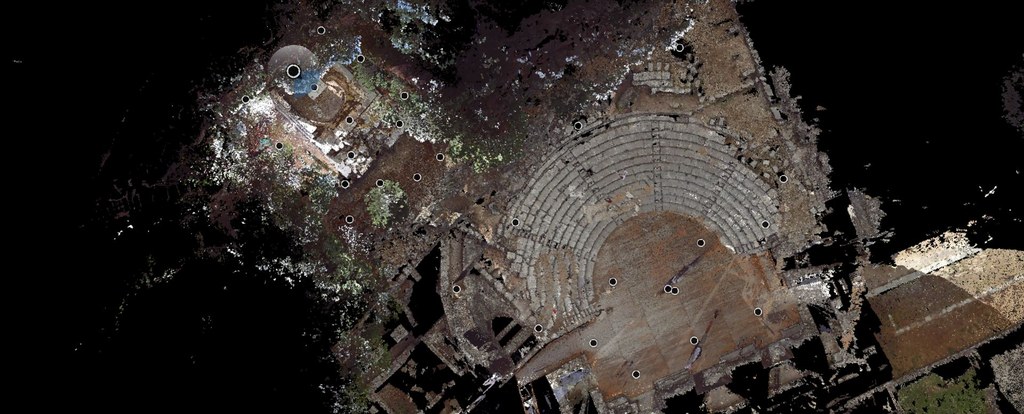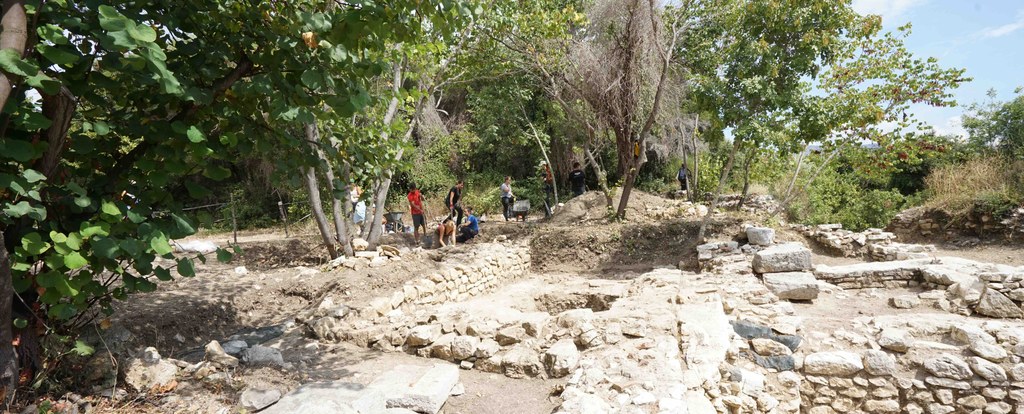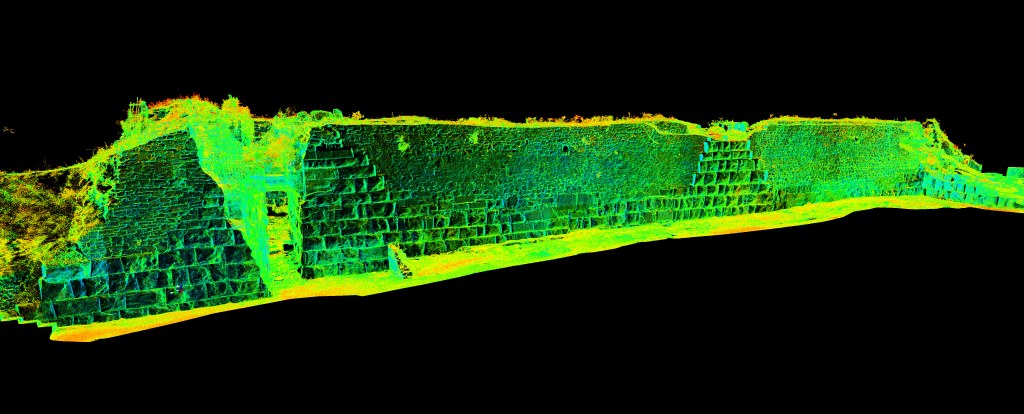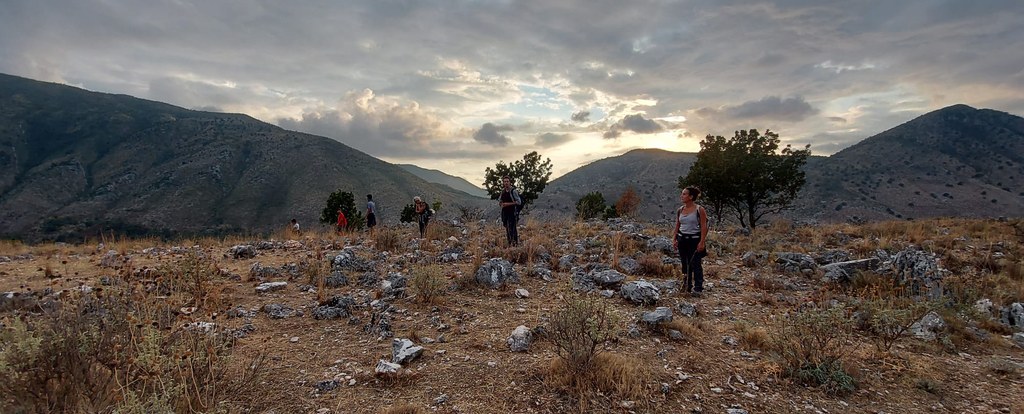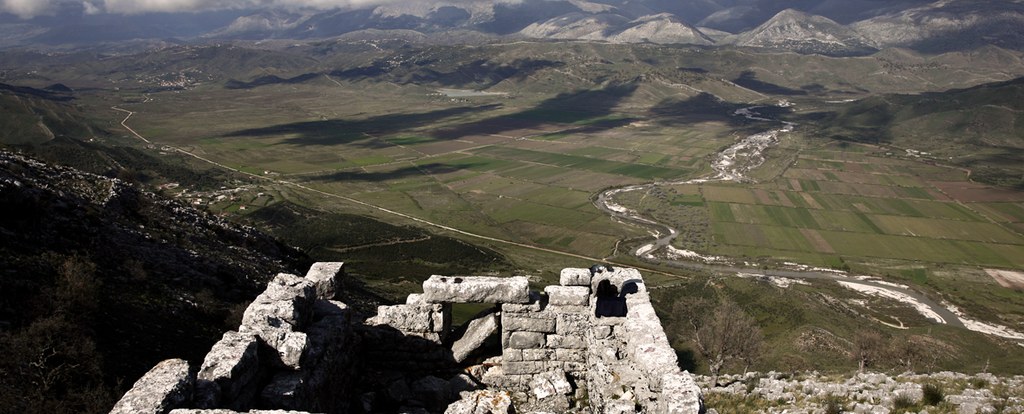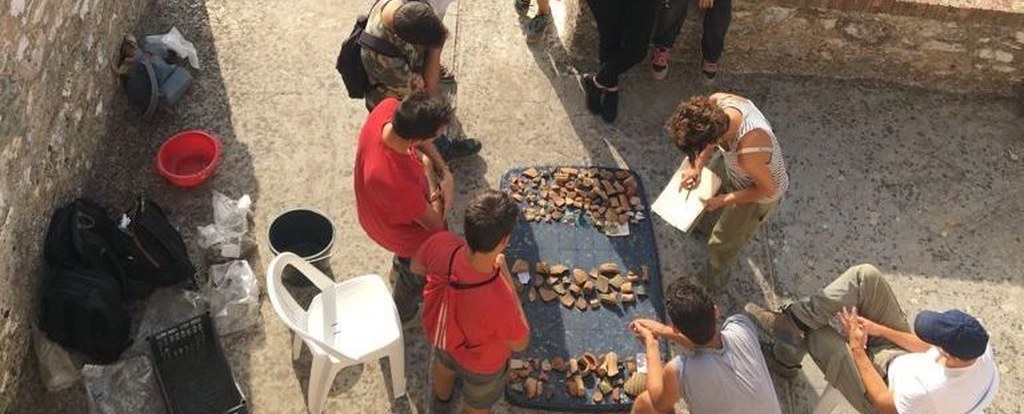Project
The Italian and Albanian Archaeological Project in Butrint is led by Enrico Giorgi (University of Bologna) and Belisa Muka (Albanian Institute of Archaeology), in collaboration with the Butrint National Park and with the support of the Ministry of Foreign Affairs and International Cooperation of the Italian Republic. The Butrint Project was born in 2015 and is part of the wider research agreement on Ancient Chaonia developed in 2000 between the Archaeological Institute of Tirana and the University of Bologna.
Since the very beginning, the team of the Project worked to ensure that excavations, topographic and photogrammetric surveys, mapping and analysis of the state of conservation and deterioration, could provide the scientific community with additional and accurate information about this complex and fascinating site. The comprehension of its history and stratification, assisted by the employment of the latest technologies, has always guided the project team during the excavation campaigns. The archaeological excavation is currently underway in the Acropolis area and is set up as a school camp for Albanian and Italian archaeology students.
The Project deals with different topics of research:
- Study of the evolution of the wall circuit, along with its topographic and photogrammetric survey and analysis of the state of conservation and deterioration.
- Study of the different phases of occupation on the Acropolis, with a particular attention towards the Archaic, Hellenistic, and Roman ages and their material culture.
- Study of the cults found in Butrint, in their topographical, cultic, architectural and chronological evolution, with particular attention towards the sanctuary of Asclepius.
- Study of the Hellenistic and Roman necropolis of the city.
- Underwater archaeology project dealing with the study of the ancient harbour of Butrint, the Roman bridge and aqueduct and the evolution of modern boats along the coast of southern Albania.
- Landscape archaeology project centred around fortified hilltop sites and farmhouses in ancient Chaonia.
The Butrint Project is also involved in activities aimed at enhancing and disseminating the archaeological heritage of Butrint and ancient Chaonia as well ongoing research in the site through workshops, conferences, education and training programme, archive research and public engagement at several levels.
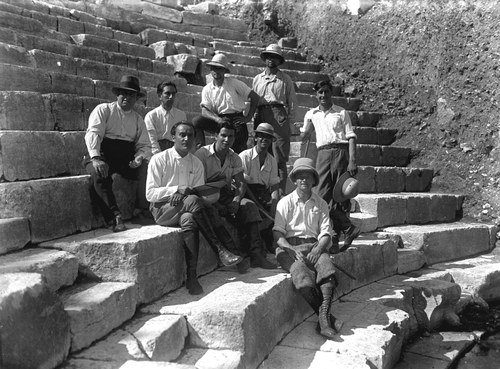
Brief history of field research in Butrint
Modern accounts about the city of Butrint first appeared at the beginning of the 19th century: between 1789 and 1808 Ali Pasha was able to take away many territories from Venetian control, building his fortress at the mouth of the Vivari Channel. Both France and England decided to sign agreements with him by sending the French consul F. C. H. L. Pouqueville and the English colonel W. M. Leake, who published their diaries in 1824 and 1835 mentioning for the first time, after many years, the city of Butrint.
However, it was only at the end of 1920s that Luigi Maria Ugolini, head of the Italian Archaeological Mission in Albania which started in 1925 supported by Mussolini, officially rediscovered the city and brought it back to light from 1928 to 1935. After his premature death, the Mission was lead from 1938 by Pirro Marconi, and then from 1941 to 1943 by Domenico Mustilli. The Italian Mission was later stopped due to the Second World War. In these same years, another important fundamental source about the city was written by N. G. L. Hammond, who visited Butrint in 1932.
After the Second World War, new researches started in Butrint under the direction of Hasan Ceka, the father of Albanian archaeology, with the collaboration of Dhimosten Budina, Kosta Lako, Dhimiter Çondi, Selim Islami and Skender Anamali and, from 1982 to 1986, Astrid Nanaj. With the ending of the communist regime, foreign archaeological mission where newly allowed to work in Butrint: from 1989 to 1994 Astrit Nanj and Katerine Haxhis directed a Greek-Albanian mission on the Acropolis; from 1993 to 2012 Richard Hodges, with the support of the Butrint Foundation, lead a new important campaign in the city, focusing in particular on the Bizantine and Medieval history of the site; finally, from 2011 to 2013 David Hernandez directed the Roman Forum Excavation Project discovering the Greek Agora, the Roman Forum and other linked nearby buildings.
Thanks to the remarkable presence in just one place of archaeological, naturalistic and architectural features of such importance, Butrint was declared UNESCO World Heritage Site in 1992.
